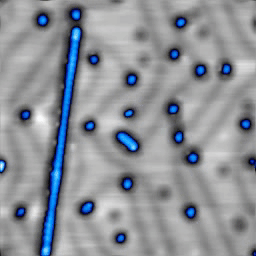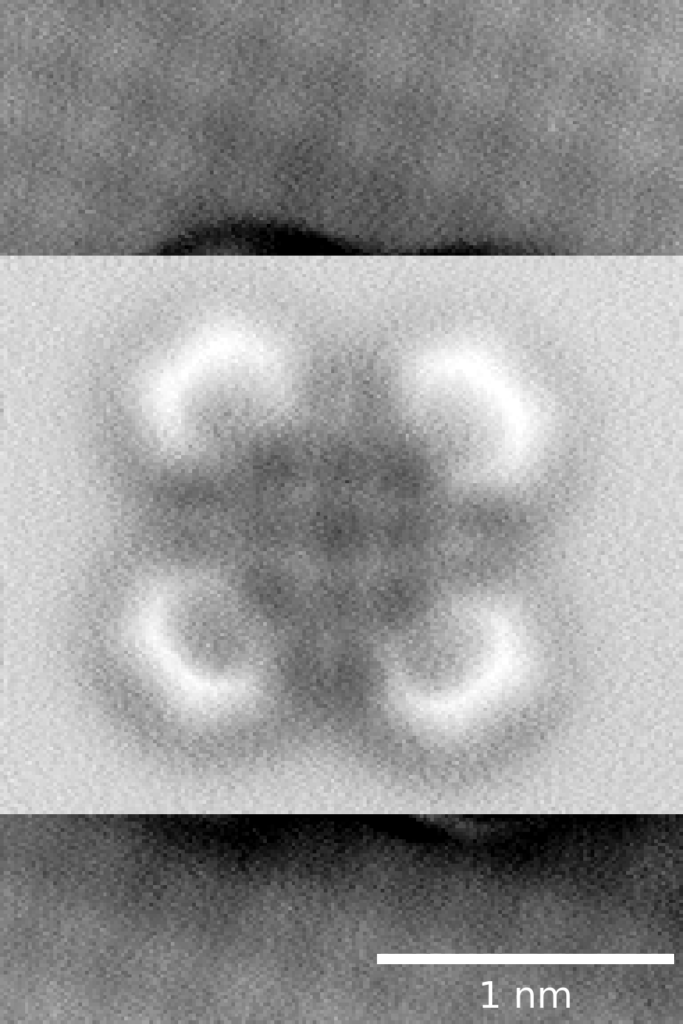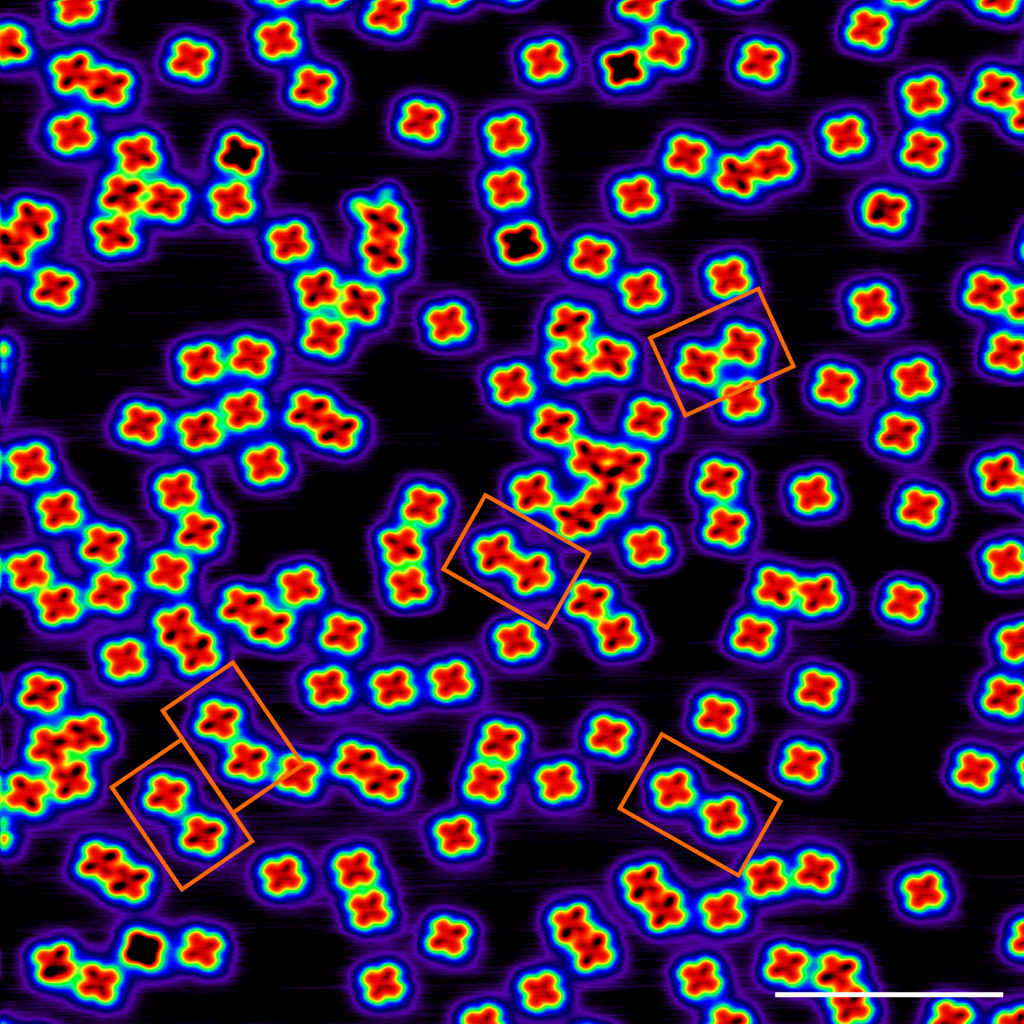We had the opportunity to use the new toroidal analyzer at the Australian synchrotron to do ARPES of self-assembled monolayers of MgPc on Ag100.

Careful simultaneous fitting of different high-symmetry EDC measurements, in concert with the structural understanding gleaned from ncAFM & LEED characterization, allowed us to tease out a feature with bandwidth 20 meV, which was surprising to us given that we did the ARPES at room temperature.
Bruce Cowie & Anton Tadich made it possible to break into this kind of measurement with just a week of time; Anton has been instrumental in supporting the analysis that was required to get this one across the finish line.
Hellerstedt, J., et. al. (2022). Direct observation of narrow electronic energy band formation in 2D molecular self-assembly. Nanoscale Advances https://doi.org/10.1039/D2NA00385F



